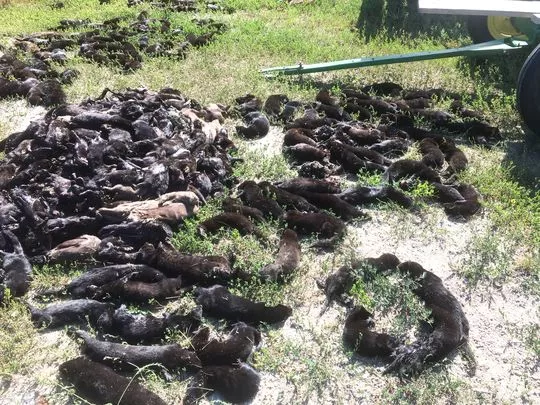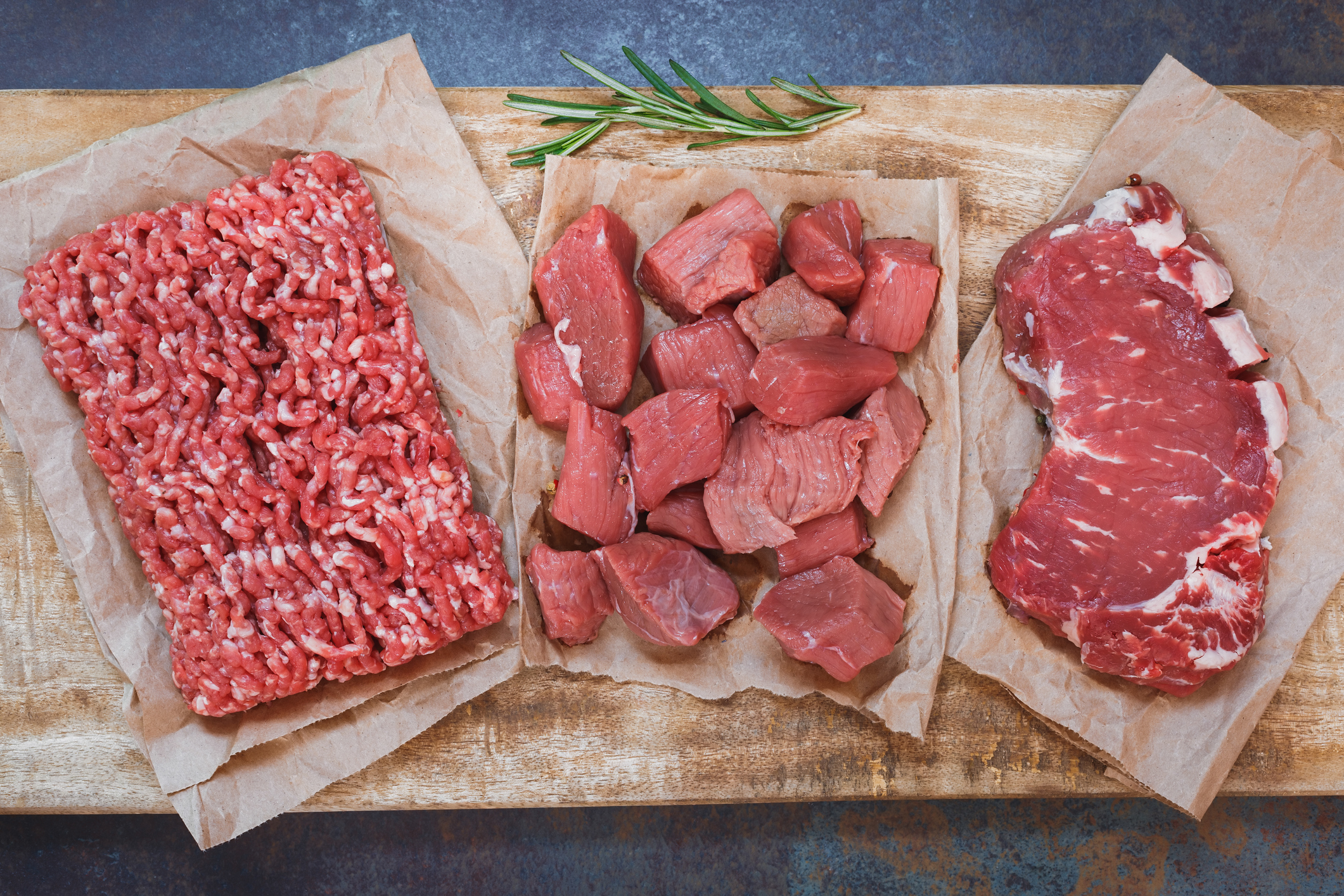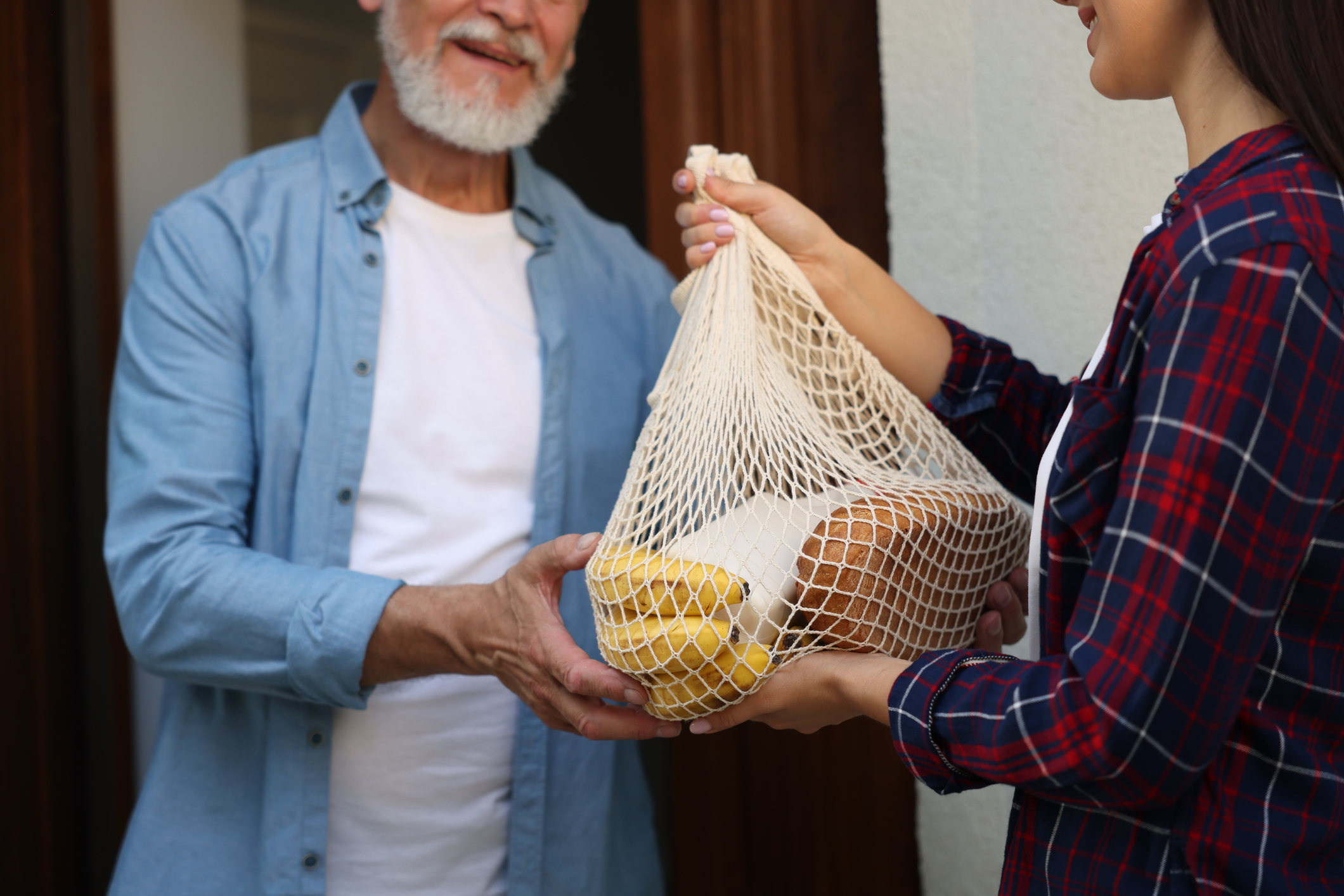As a farm girl and daughter of a veterinarian, I treat animals humanely but not as humans. There is a big difference between these philosophies.
Let’s start out simple – my dog sleeps on the floor. She has her own dog bed but prefers to sleep by my side of the bed on the carpet or by my son’s crib. She would love to sleep on my bed, but the two nights this has been allowed, she hogged the king-size bed, stole my pillow (she loves pillows), and woke me up at 5 a.m. with a slobbery kiss. When our dog whines to get on the bed, I remind myself that she is a dog, not a human, and will be fine on the floor.
There is a big difference between humane and human.
- Humanely is defined as treating something with compassion and benevolence.
- Human is defined as relating to, or characteristic of humans.
Thus, when it comes to animal welfare, everyone is obligated to treat animals humanely but not as humans. Why? Because the treatment of animals as humans can endanger their welfare. When animal activists believe they know what is best for an animal, often it is because they are treating the animal as humans but very inhumanely.
A news story last month from Eden Valley, Minnesota illustrates this heartbreaking reality.
At 5:30 a.m. on July 17th, the Sherriff’s Office responded to a call at Lang Farms, LLC. The report of burglary/vandalism was quickly confirmed by law enforcement and the loss is staggering. Lang Farms, LLC raises mink for pelts and in-humane criminals decided between late Sunday night and early Monday morning to “protect” these animals. Trespassing on private property, the criminals dismantled the exterior fence around the barns and released all the mink from their cages. Animal right activists are being blamed.
As of July 23rd, Dan Lang, owner of Lang Farms estimated just under 40,000 mink had been released and because they are domesticated they have no hope of surviving. So far 11,000 mink have been recovered alive, 15,000 mink have died and about 14,000 are unaccounted for. The economic loss alone is over $750,000 not to mention the lost genetics because the farmer will not be able to determine who is who and has lost generations of breeding stock. Not to mention the consequences on native wildlife and habitat as 14,000 domesticated mink take up residence.

The farmer is not inhumane because the mink live in a barn and are kept separated in cages. Dan Lang’s compassion and humanity are evident.
Shortly after the incident he said, ““I’m so sick of crying. It’s unbelievable. For the first time in my life this morning, I didn’t want to be [in the barns]. … I want to be by my animals but I can’t bear to see what’s going on anymore. I wish these people that did this would come here every day for two weeks, and they could help pick up the dead ones.”
Time and time again, animal right activists claim the higher ground of humane treatment of animals, ignoring those farmers and ranchers who care for the animals daily. Having gone on veterinary calls for decades the practices targeted by activists appall me because these practices are done for the good of the animals. Animal care practices are scientifically tested, evolving, and medically necessary. When activists target these practices and production methods, they are not just hurting the farmer but are endangering the animal’s welfare.
Animals deserve to be treated humanely and it is our responsibility as humans to treat them with compassion and benevolence. However, we should not treat them as humans because it is often inhumane to do so. Situations, like with Lang Farms, infuriate me because thousands of mink died pointlessly, in an inhumane and gruesome death due to heat exhaustion, lack of food and water, or fighting with other mink.
The next time PETA, Humane Society of the United States, Animal Liberation Front, or some other animal justice group attacks farmers and ranchers for using scientifically backed practices, please trust the farmer and research the situation before endangering the lives of thousands of animals.





